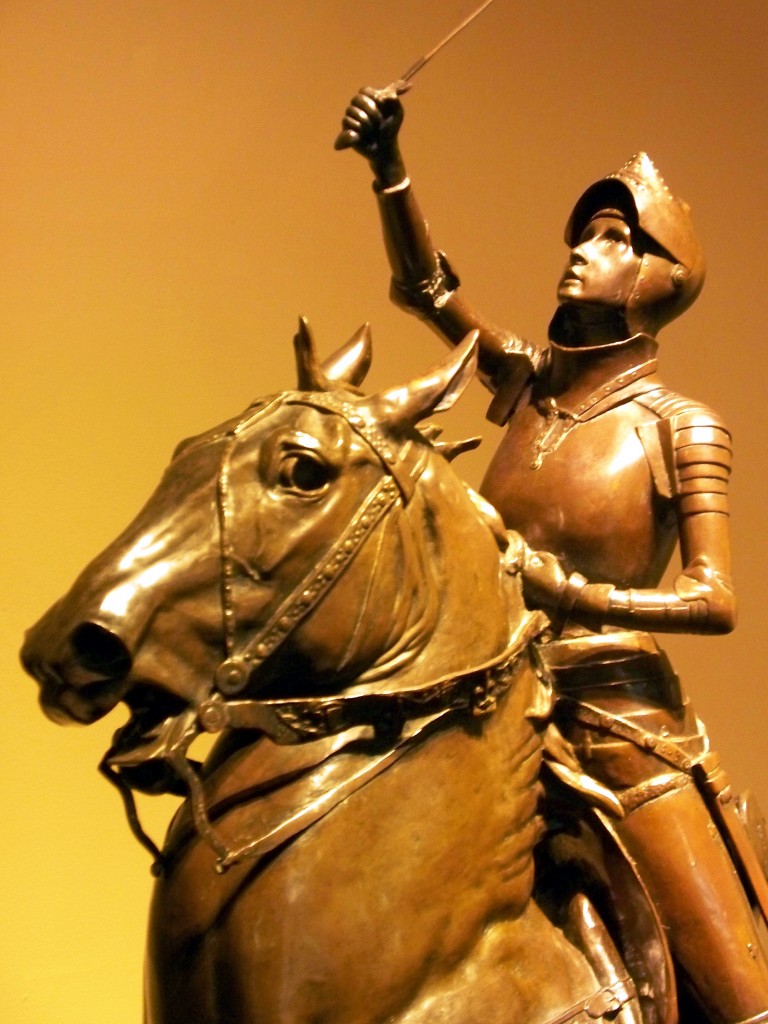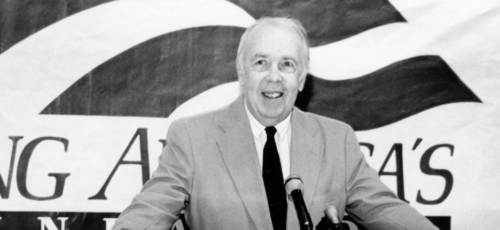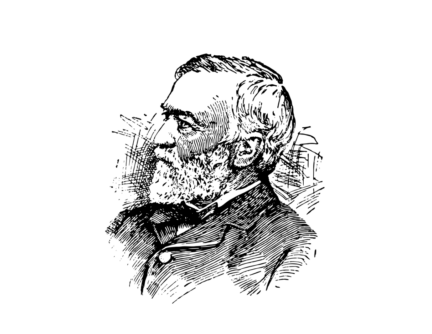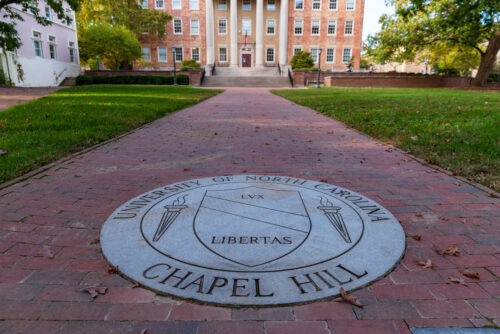David Brooks makes it hard for conservatives to like him. It started back in the late 1990s, when he came up with the idea of “national greatness conservatism,” the theory of which was that if government built big things, people would love the state. At the New York Times, he has gone through various phases. At the start of the Obama administration, he loudly announced that he admired the president because of the crease in his pants, or the angle of his nose, or something. (I forget.) Then he declared he was no conservative, but a “moderate.” I gather most recently he has been begging for a second Dwight Eisenhower or a second Edmund Burke to arise and sweep those rowdy Tea Party types--and Rush Limbaugh--into the sea.
When I saw Brooks talk about The Road to Character at the Sixth and I Synagogue in Washington, I felt as if I was in the middle of a congregation that listened to NPR for several hours a day and whose daily treat was devotedly consuming the New York Times op-ed page. (I would say “devoutly,” but that would be wrong.) I felt as if I was the only conservative in the room. I was certainly the only person there who was reading the Weekly Standard before Brooks spoke.
Brooks’s purpose is to discuss the part morality should play in our culture. He uses as a template the teachings of Rabbi Joseph Soloveitchik in his 1965 book Lonely Men of Faith. In it, the rabbi discusses two sets of habits he calls “Adam I” and “Adam II.” “Adam I” are the “resume virtues,” the skill set which enables someone to ascend into the cognitive elite, while “Adam II” consists of “the eulogy virtues,” the good habits and moral qualities which enable someone to have a virtuous life.
The Road to Character consists of brief lives of eight people Brooks thinks are good role models for people to follow. It is problematic in two ways. The author, particularly in the early chapters, writes as if his readers have never had to confront a moral problem in their lives. Perhaps his readers, who routinely commune in the austere heights of Aspen or Davos, really don’t think about morality—or, far worse, think questions of right and wrong are only for the little people, not the great and the good. It frequently seems as if the author is conducting an internal monologue with himself, or resolving a midlife crisis.
Moreover, some of the people Brooks profiles aren’t particularly admirable. Frances Perkins was born in 1880, and died in 1965. (One of the pallbearers at her funeral was Paul Wolfowitz.) Like many Edwardian women, she decided to work in settlement houses helping the poor.
The catalyst that changed her life came in 1911, where she witnessed the Triangle Shirtwaist Factory fire, which destroyed three floors of a building near Greenwich Village. A complete lack of safety features combined with fire engines incapable of sending water to a blazing eighth floor led to the death of 148 people.
Perkins’s response to the fire was to become an architect of the welfare state. Her lobbying efforts in the New York state legislature attracted the attention of Franklin Roosevelt, for whom she served for 12 years as Secretary of Labor, where “she became one of the tireless champions of the New Deal.” A life spent creating massive government bureaucracies is hardly one worth emulating.
Yes, despite its flaws, I recommend The Road to Character. Brooks is asking a question no one else is asking: how do we advance virtue in our time? And, more specifically, how do we do it in colleges?
A hundred years ago, character building was part of the reason you went to college. George C. Marshall, for example, entered Virginia Military Institute in 1897. He found a school “that had a moral culture that brought together several ancient traditions: a chivalric devotion to service and courtesy, a stoic commitment to emotional self-control, and a classical devotion to honor.” Students trained to be excellent soldiers by careful study of “the great paragons of history,” including Pericles, Augustus, and Joan of Arc. Above all he was someone who while personally very quiet and disciplined, nevertheless spoke out whenever necessary.
Marshall rose steadily but slowly through the military. Even when faced with great disappointments, such as being denied the chance to command the Allied invasion of Europe in 1944, he never let his feelings show. Everyone realized that Marshall’s character, forged from the lessons he was taught at VMI, was essential to his greatness. “He has the integrity of a Christian saint,” noted CBS’s Eric Sevareid.
It should be noted that such moral lessons were also taught to women. When Frances Perkins went to Mount Holyoke, the school’s president, Mary Woolley, wrote an article for Harper’s Bazaar where she declared that “character is the main object for education” and that the goal of a Mount Holyoke education was to produce women who had poise—which Brooks explains meant “the deeper qualities of steadiness and balance” necessary for good character.
With rare exceptions (Brigham Young, St. John’s, Morehouse) colleges have largely abandoned the task of molding character. It is a task that vestigially survived until the 1960s, and then disappeared in the revolts of that decade. One example of this is described by a team of researchers led by Notre Dame’s Christian Smith in the book Lost in Transition (2011). Smith and his colleagues asked 900 students to name a moral dilemma they had faced. Two thirds of them could not answer the question, either because they didn’t know what a moral dilemma was or they answered with a story that didn’t involve morality. One student said his “moral dilemma” was what happened when he pulled into a parking spot and didn’t have enough quarters for the meter.
We still have a vague, vestigial notion that colleges should be about something more than making connections, acquiring business skills, or living the nightmare described by Murray Sperber in Beer and Circus, where students go through a little light coursework in the middle of the week so they can indulge in a four-day bender during football weekends. But the reason the defenses of “liberal education” today are so pallid is this: if students aren’t going to college to learn to be virtuous, why are they there? What are you getting in a small liberal arts college that you aren’t getting in a Microsoft certification course?
I don’t know how colleges can once again build character. But I do know, after reading David Brooks’s flawed but important book is that this question, ignored for two generations, once again needs to be asked.
NOTE: David Brooks did me an important favor in 1989 when he was assigning book reviews for the Wall Street Journal. By allowing me to say I was “an editor, writer, and researcher,” he connected me with Patricia Bozell, who commissioned and edited my first book, Angry Classrooms, Vacant Minds. Trish Bozell was a fine person and an excellent line editor (she edited Erik von Kuehnelt-Leddihn, whose manuscripts were hand-written). I will always be grateful to Brooks for acting as a catalyst.






